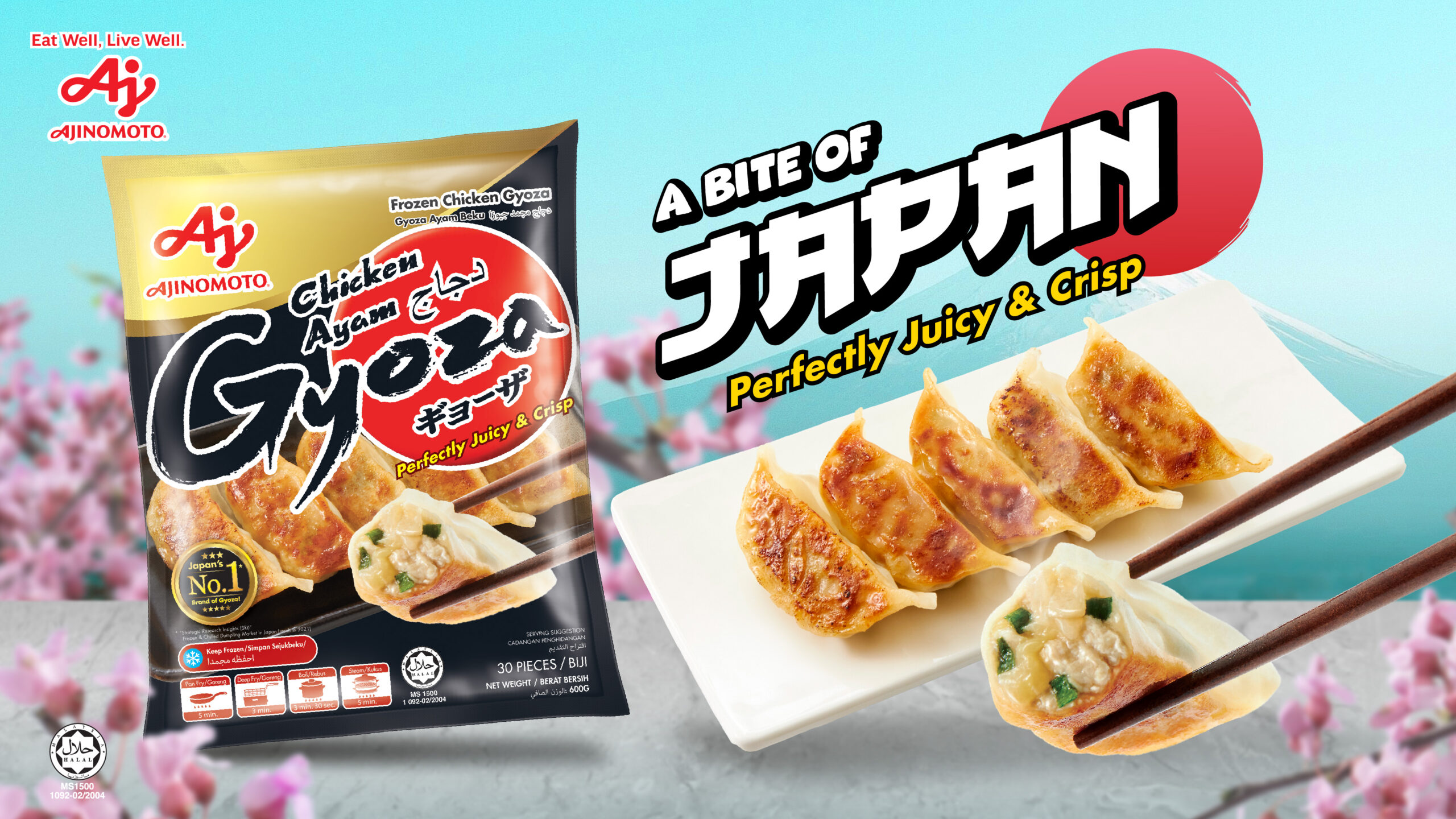
Cooking The Perfect Gyoza in 5 Minutes
Gyoza, those delectable pan-fried dumplings, have a history as rich and flavourful as their fillings. There are countless stories that tell about the origins of gyoza. A well-known story is that gyoza originated from dumplings that were created as a medicinal remedy to treat frostbite during the winter. These dumplings since then have evolved into a beloved culinary tradition in Japan and beyond. Today, we’ll explore the art of crafting the perfect gyoza, from the cooking methods to the cultural significance that makes these dumplings more than just a meal.
3 Ways to Cook Gyoza in 5 Minutes
- Pan-Frying
If you’re looking for the most authentic gyoza cooking method for the Japanese, it’s definitely pan-fry! It brings out the unique combination of textures – the crispy bottoms and juicy fillings. Simply pan-fry your gyoza over moderate heat with a small amount of oil, while swirling the pan once in a while to ensure an equal crispy texture!
- Make Juicy and Crispy Gyoza
“Ajinomoto Gyoza” has been carefully crafted to allow you to make juicy and crispy gyoza in just 5 minutes! With “Ajinomoto Gyoza”, you don’t have to go through the long process of making gyoza from scratch. You just have to pan-fry it, no defrost is needed!
- Other Methods
While pan-frying is the go-to technique, it’s worth mentioning that there are other methods of cooking gyoza. These include steaming, boiling, and even deep-frying. Each method gives a slightly different texture and flavour to the dumplings, so feel free to experiment and discover your personal favourite.
4 Traditional Etiquette and Cultural Significance of Gyoza
Gyoza isn’t just a delightful dish; it also comes with its own set of traditions and etiquette. Here are some important customs to consider when enjoying gyoza:
- Dipping Etiquette: When it’s time to dip your gyoza, make sure to lightly dip rather than douse. It’s best to dip the soft side – the side that hasn’t been fried – into the dipping sauce. This preserves the crispy texture of the fried side and allows the flavours to shine.
- Eat It in One Bite: It’s considered a sign of good manners and culinary appreciation to eat your gyoza in one bite. This practice allows you to savour the harmonious blend of flavours and textures all at once. Just make sure the gyoza has cooled slightly so you won’t burn your mouth!
- Don’t Put the Gyoza Back on the Plate: If you happen to bite a gyoza in half, you should hold the remaining piece with your chopsticks until you’ve finished it. This symbolises respect for the food and avoids leaving half-eaten gyoza on the communal plate.
- A Symbol of Prosperity and Wealth: Gyoza holds a special place in Japanese culture, especially during Lunar New Year. It is believed to bring good fortune and prosperity, making it a symbol of abundance and wealth.
In the world of culinary delights, gyoza stands as a testament to the fusion of tradition and innovation. As we’ve explored the history, cooking techniques, and cultural significance of gyoza, it’s clear that these dumplings are more than just a meal – they’re a prominent representation of heritage and flavour.
So, let’s try to appreciate the existence of gyoza with “Ajinomoto Gyoza”! With its unique blend of ingredients, you can create juicy and crispy gyoza that honours the centuries-old flavours of the dish with ease. Whether you’re making gyoza for a special occasion or a weeknight treat, remember the customs and the cultural significance as you savour each delightful bite. Gyoza is more than just food; it’s a culinary experience that invites you to celebrate both tradition and innovation at your dining table.


